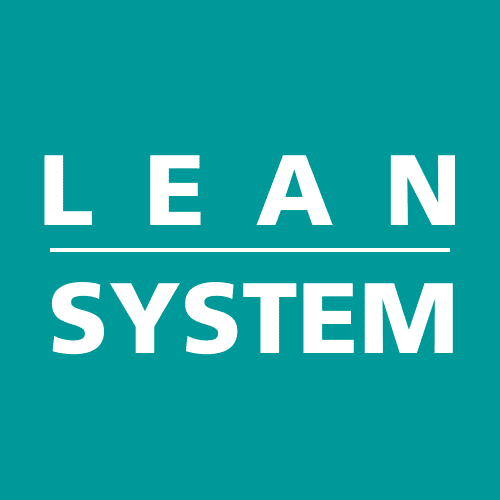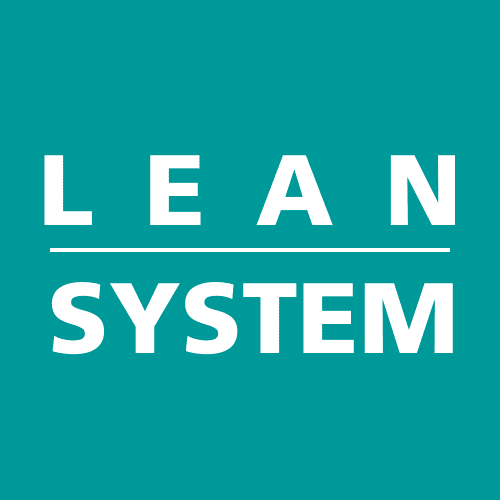Clause 8 of the ISO 9001:2015 standard, titled "Operation", outlines the key requirements for an organization's operational processes to deliver products and services that meet customer requirements.
8.1 - Operation Planning and Control
Clause 8.1 of the ISO 9001:2015 standard, titled "Operational Planning and Control", outlines the key requirements for organizations to effectively plan, implement, monitor, and control the processes needed to meet the requirements for the provision of products and services.
The main objectives of Clause 8.1 are:
- Process Planning: Organizations must determine the processes needed to meet product and service requirements, and plan how these processes will be carried out.
- Process Implementation: The organization must implement the planned processes, ensuring they are carried out as intended.
- Process Monitoring and Control: The organization must monitor and control the processes to ensure they remain effective and make any necessary adjustments.
- Process Criteria: The organization must establish the criteria for the processes, such as methods, measurements, and acceptance criteria.
- Process Resources: The organization must ensure the necessary resources, including people, infrastructure, and environment, are available to support the effective operation of the processes.
By addressing these key aspects of operational planning and control, Clause 8.1 ensures organizations have a systematic approach to managing their core processes to consistently deliver products and services that meet customer requirements
8.2 - Requirements for Products and Services
8.2 - Requirements for Products and Services
Clause 8.2 of the ISO 9001:2015 standard, titled "Requirements for Products and Services", outlines the key requirements for organizations to determine, review, and communicate product and service requirements.
The main objectives of Clause 8.2 are:
- Customer Communication: Organizations must establish effective communication processes to engage with customers regarding product/service information, inquiries, contracts, and changes.
- Determining Product and Service Requirements: Organizations must clearly define the requirements for the products and services they will provide to customers, including any statutory and regulatory requirements.
- Reviewing Product and Service Requirements: Before committing to provide a product or service, the organization must review the requirements to ensure they can be met.
- Changes to Product and Service Requirements: The organization must manage any changes to the originally defined product or service requirements, ensuring relevant personnel are aware of the changes.
By addressing these requirements, Clause 8.2 ensures organizations have a robust process for understanding, reviewing, and communicating product and service requirements to consistently meet customer expectations.
8.3 - Design and Development of Products and Services
8.3 - Design and Development of Products and Services
Clause 8.3 of the ISO 9001:2015 standard, titled "Design and Development of Products and Services", outlines the requirements for organizations that engage in the design and development of their products and services.
The key objectives of Clause 8.3 are:
- Design and Development Planning:
- Organizations must plan the design and development of products and services, including stages, controls, and resources required.
- Design and Development Inputs:
- Organizations must determine the requirements for the design and development of products and services, including functional and performance requirements, applicable statutory and regulatory requirements, and other essential characteristics.[1][2]
- Design and Development Controls:
- Organizations must apply controls to the design and development process, including reviews, verification, and validation, to ensure the resulting products and services meet the specified requirements.
- Design and Development Outputs:
- Organizations must ensure the design and development outputs provide information for production and service provision, contain or reference product and service acceptance criteria, and specify the characteristics of the products and services that are essential for their intended purpose and safe and proper provision.
- Design and Development Changes:
- Organizations must identify, review, and control changes made during or after the design and development of products and services, to the extent necessary to ensure there is no adverse impact on conformity to requirements.
By addressing these key aspects of design and development, Clause 8.3 ensures that organizations have a structured and controlled process for creating products and services that meet customer and regulatory requirements.
8.4 - Control of Externally Provided Processes, Products, and Services
8.4 - Control of Externally Provided Processes, Products, and Services
Clause 8.4 of the ISO 9001:2015 standard, titled "Control of Externally Provided Processes, Products, and Services," focuses on how organizations should manage processes, products, and services that are provided by external suppliers or partners.
The key objectives of Clause 8.4 are:
- Supplier Selection: Organizations must establish criteria for selecting external providers, ensuring they are competent and capable of meeting the organization's requirements.
- Defining Requirements: Clear requirements for externally provided processes, products, and services must be documented to ensure they align with the organization's needs and standards.
- Monitoring Supplier Performance: Regular reviews and checks of supplier performance, material quality, and adherence to requirements are essential to maintain quality standards.
- Verification of External Processes: Organizations must verify the effectiveness of externally provided processes to ensure they meet the organization's quality expectations.
By addressing these aspects, Clause 8.4 ensures that organizations have robust processes in place to control and manage external providers effectively, ultimately contributing to the overall quality and consistency of the products and services delivered to customers.
8.5 - Production and Service Provision
8.5 - Production and Service Provision
Clause 8.5 of the ISO 9001:2015 standard, titled "Production and Service Provision," outlines the requirements for organizations to establish and maintain controlled conditions for the production of products and the provision of services.
The key objectives of Clause 8.5 are:
- Control of Production and Service Provision:
- Organizations must implement controlled conditions for production and service provision, including the availability of documented information, the use of suitable equipment, the implementation of monitoring and measurement activities, and the employment of competent personnel.
- Identification and Traceability:
- Where appropriate, the organization must identify the status of outputs with respect to monitoring and measurement requirements, and must control the unique identification of the outputs when traceability is a requirement.
- Property Belonging to Customers or External Providers:
- The organization must exercise care with customer or external provider property while it is under the organization's control or being used by the organization.
- Preservation:
- The organization must preserve the outputs during production and service provision, in order to maintain conformity to requirements.
- Post-Delivery Activities:
- The organization must meet requirements for post-delivery activities associated with the products and services.
By addressing these requirements, Clause 8.5 ensures that organizations have robust processes in place to control the production and delivery of products and services, maintain traceability, protect customer property, and address post-delivery considerations, all of which contribute to consistently meeting customer requirements.
8.6 - Release of Products and Services
8.6 - Release of Products and Services
Clause 8.6 of the ISO 9001:2015 standard, titled "Release of Products and Services," outlines the requirements for organizations to establish a defined process to ensure that products and services meet specified requirements before they are released to customers.
The key objectives of Clause 8.6 are:
- Establishing Release Criteria: Organizations must define clear criteria that products or services must meet before they can be released to customers.
- Verification and Validation: The organization must conduct necessary reviews, inspections, and verifications to ensure the products and services conform to the specified requirements before release.
- Traceability: The organization must maintain the ability to trace the products and services to relevant stages of the production or service provision process.
- Customer Communication: The organization must ensure that customer requirements are met and any issues are communicated to the customer before the release of the product or service.
- Change Management: The organization must have a process in place to manage any changes that might occur during or after the release of the product or service.
By addressing these requirements, Clause 8.6 emphasizes the importance of having a systematic process to verify that products and services meet quality standards and customer requirements before they are delivered. This helps organizations identify and address nonconformities before the customer experiences them, ultimately enhancing customer satisfaction and the organization's reputation.
8.7 - Control of Nonconforming Outputs
8.7 - Control of Nonconforming Outputs
Clause 8.7 of the ISO 9001:2015 standard, titled "Control of Nonconforming Outputs," outlines the requirements for organizations to identify, control, and take appropriate actions regarding any products, services, or other outputs that do not conform to the specified requirements.
The key objectives of Clause 8.7 are:
- Identification of Nonconformities: The organization must establish a process to identify any outputs (products, services, or other results of processes) that do not conform to requirements.[2][3]
- Control of Nonconforming Outputs: The organization must ensure that nonconforming outputs are identified and controlled to prevent their unintended use or delivery.
- Appropriate Actions: The organization must determine and implement the appropriate actions to address the nonconforming outputs. This may include correction, segregation, containment, return or suspension of provision, or informing the customer.
- Documented Information: The organization must retain documented information that describes the nonconformity, the actions taken, and any concessions obtained.
- Reoccurrence Prevention: The organization must ensure that nonconforming outputs are corrected and the root causes are addressed to prevent recurrence.
By addressing these requirements, Clause 8.7 ensures that organizations have a systematic process to identify, control, and appropriately handle any nonconforming outputs, preventing their unintended delivery to customers and driving continual improvement of the quality management system.

